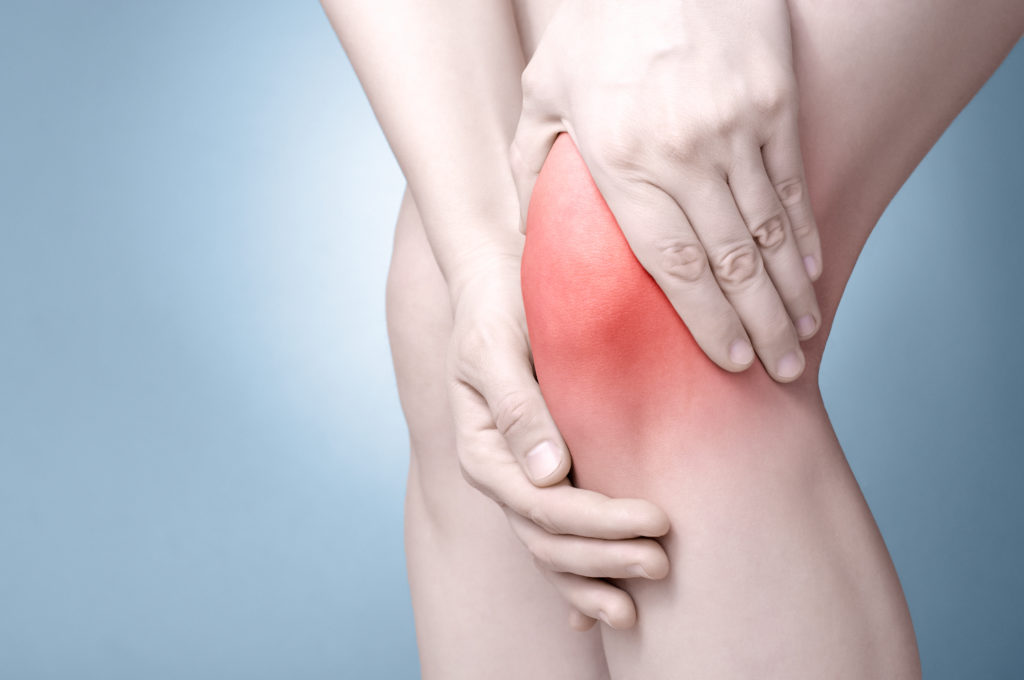Overcoming osteoarthritis pain is an enormous challenge. The toll it takes both physically and emotionally is a burden that over 30 million people deal with and along with being the most common type of arthritis, it only gets worse with age. Unlike the temporary pain and inflammation caused in a joint by an overactive immune system response, osteoarthritis is a degenerative joint disease. Osteoarthritis mostly affects cartilage. Cartilage is the tissue that covers the ends of bones in a joint. When healthy, cartilage allows bones to glide over one another and provides a “shock absorber” function. The normal knee joint also contains a small amount of fluid called synovial fluid, which is a thick, gel-like substance that cushions the joint and provides lubrication to reduce friction.
What causes osteoarthritis?
In osteoarthritis, the surface layer of cartilage breaks down and wears away. Adding to the problem, the synovial fluid in your knees loses its ability to lubricate the joint. This combination causes pain and stiffness, limitation of joint motion, and some inflammation in your knees.
What is viscosupplementation?
At South Miami Spine and Joint, we focus on rehabilitation through injections with viscosupplementation. Viscosupplementation is a procedure in which a thick fluid called hyaluronate is injected into the knee joint. There are no cures for osteoarthritis, so viscosupplementation will not cure osteoarthritis of the knee. However, it is thought that hyaluronate will improve the lubricating properties of the synovial fluid, reducing the pain from osteoarthritis of the knee, improving mobility, and providing a higher and more comfortable level of activity.
Tips for taking care of your knees
No matter what treatment you decide on for osteoarthritis of the knee, we encourage you to also take other steps to care for your knees. Here are a few tips to get started:


